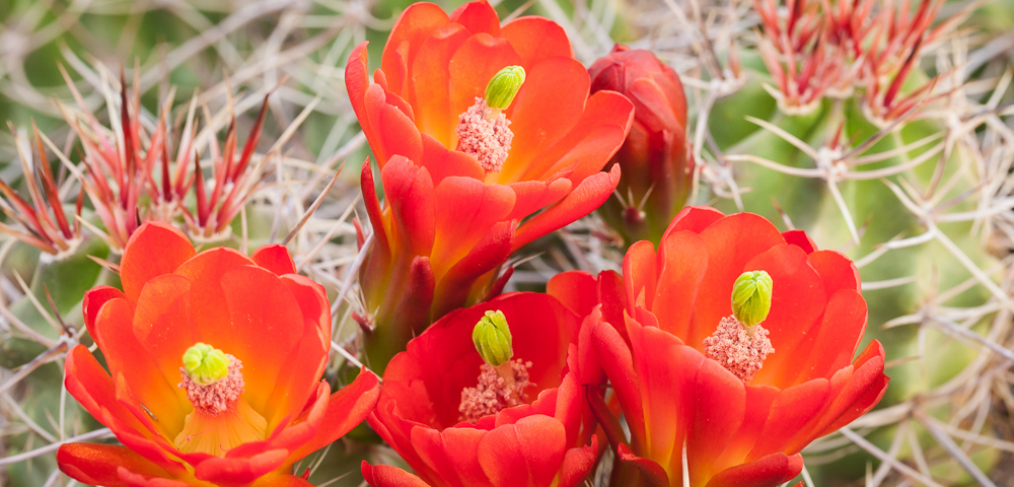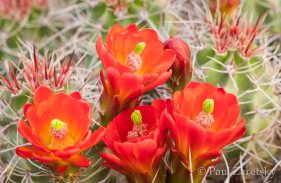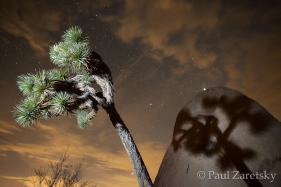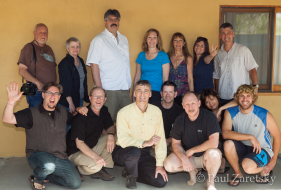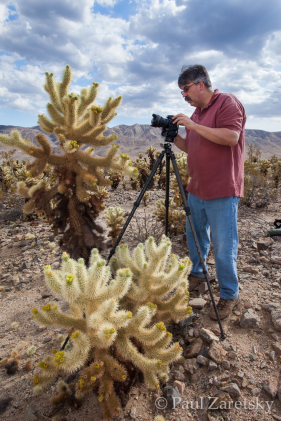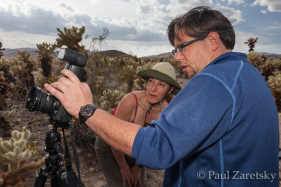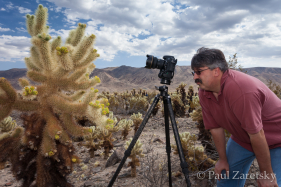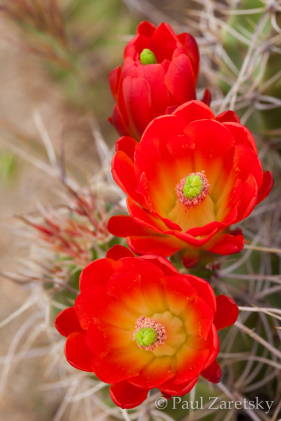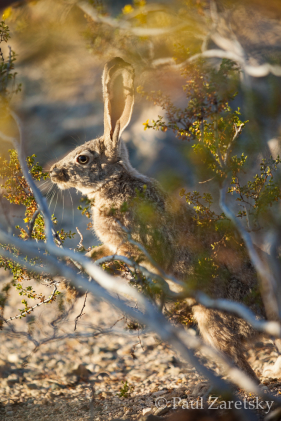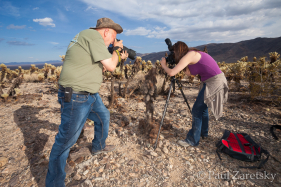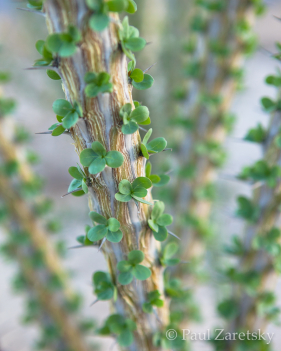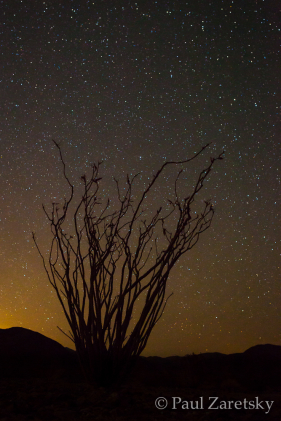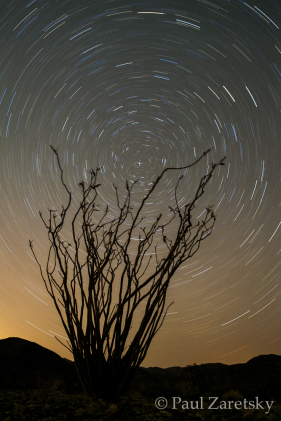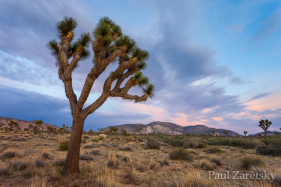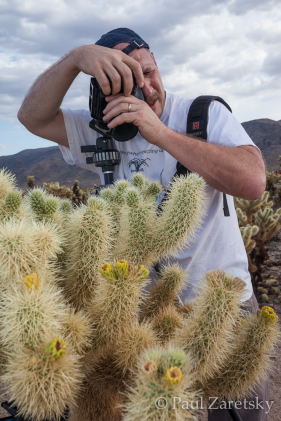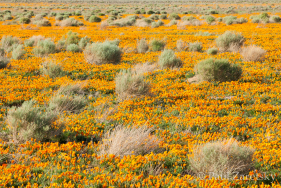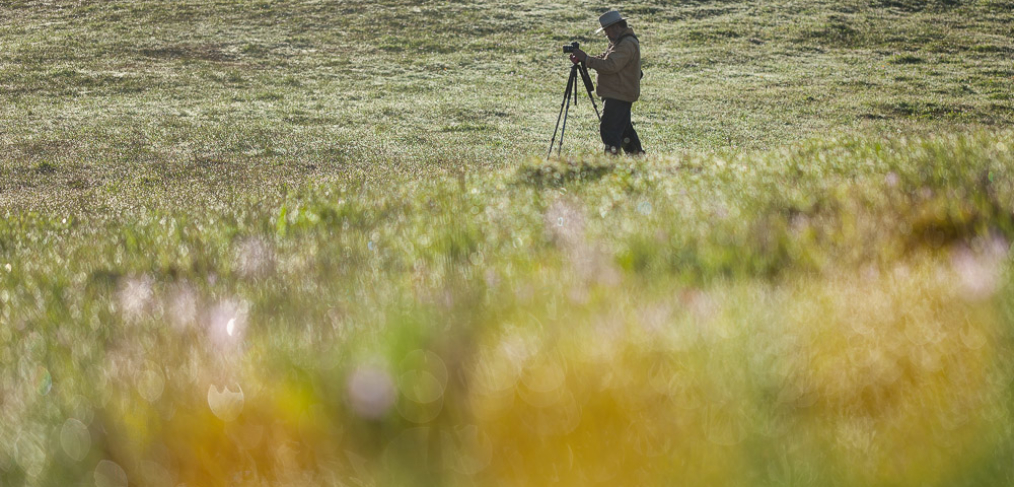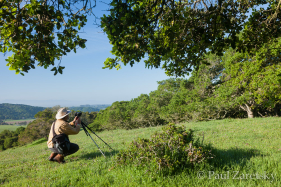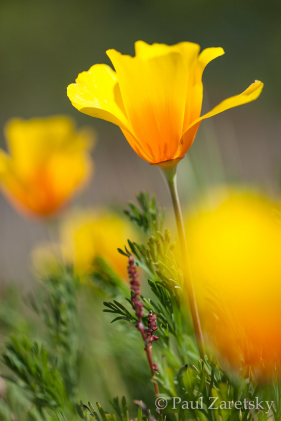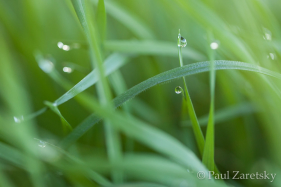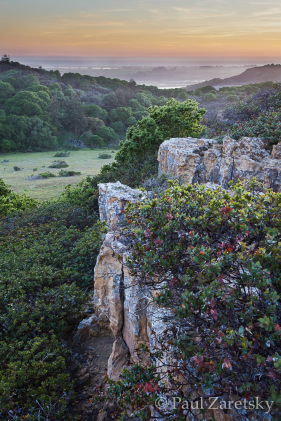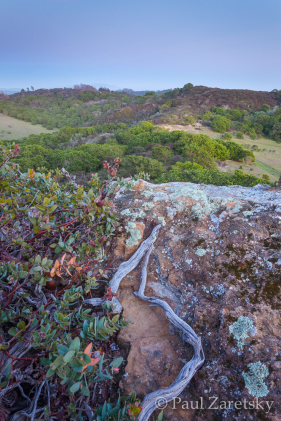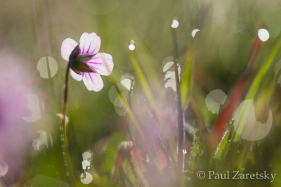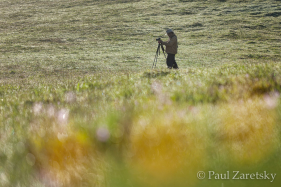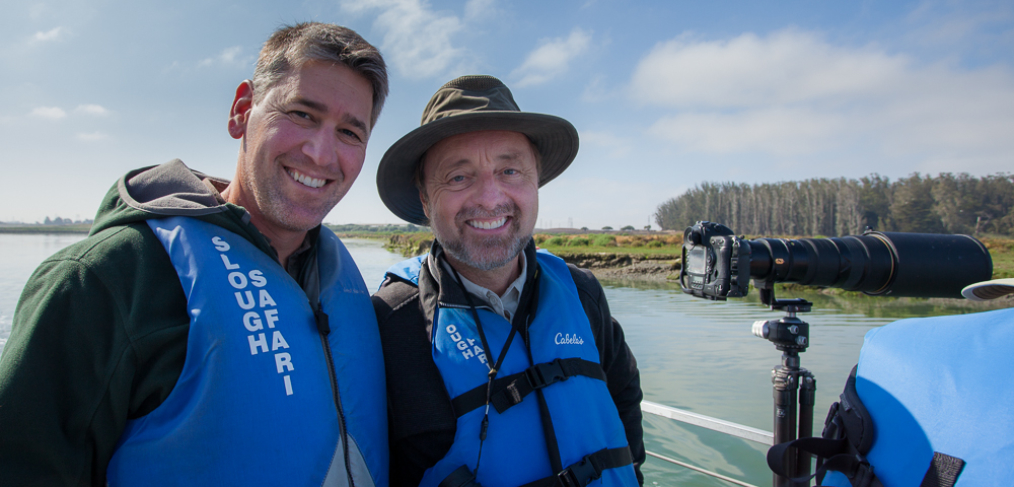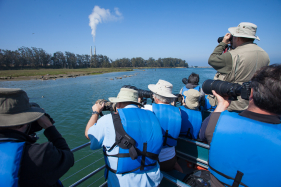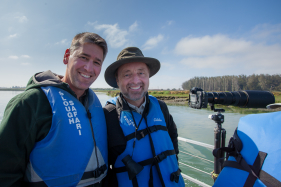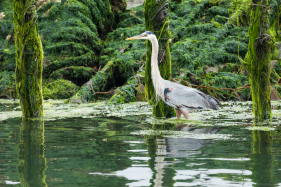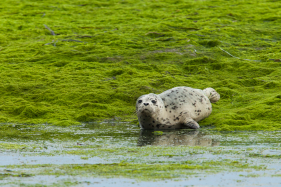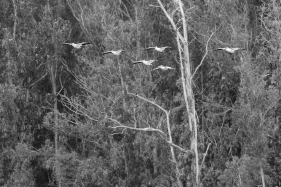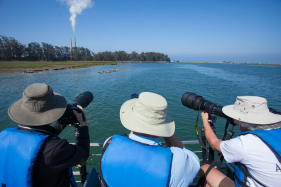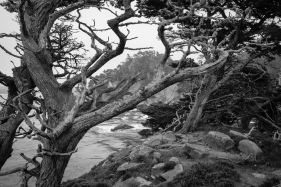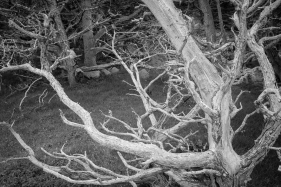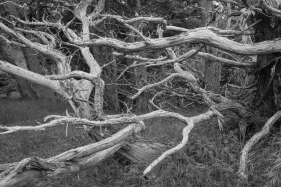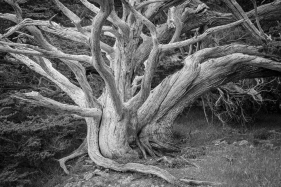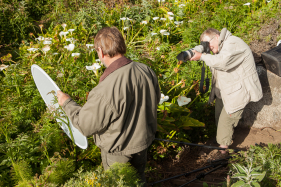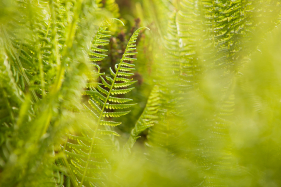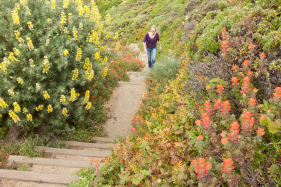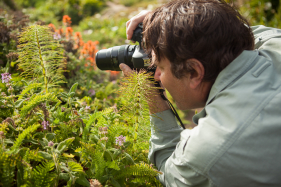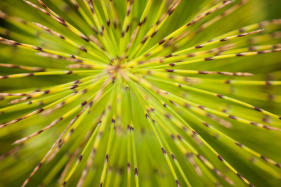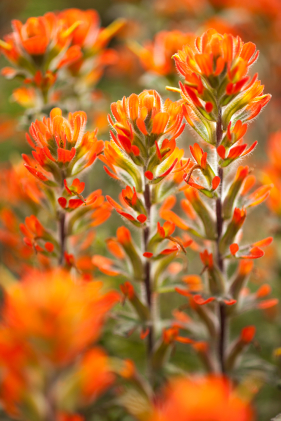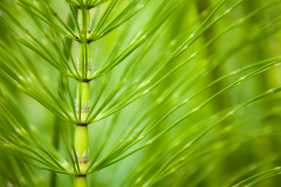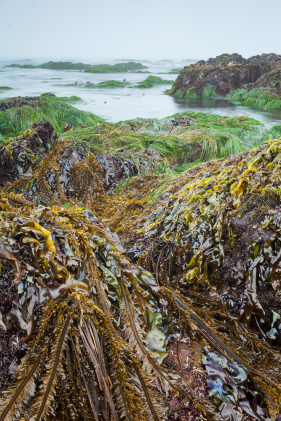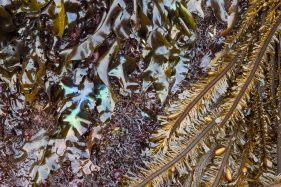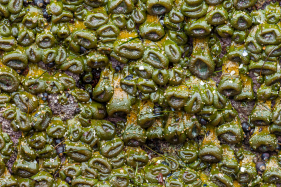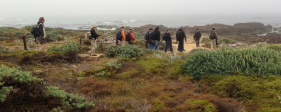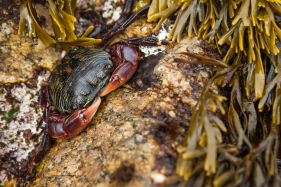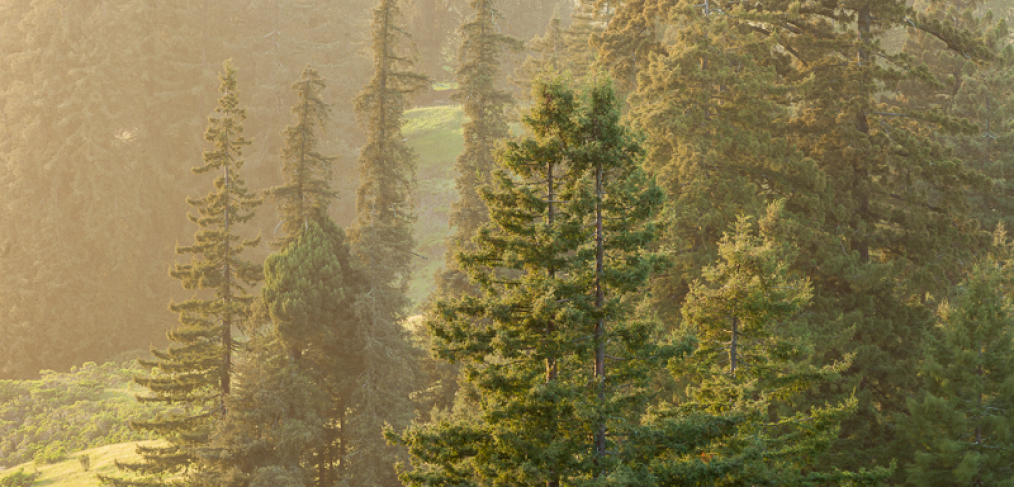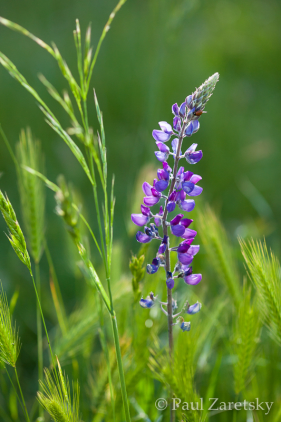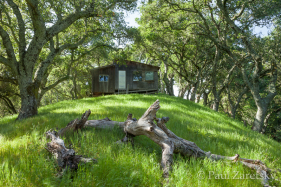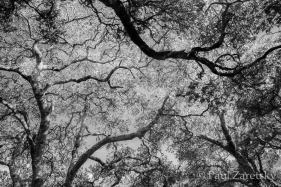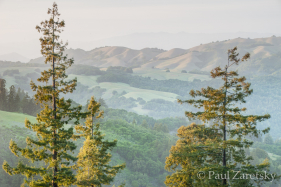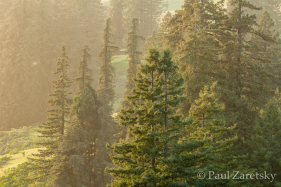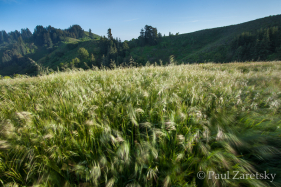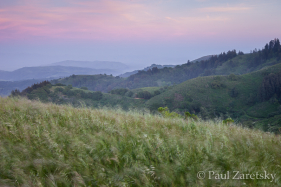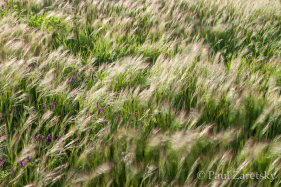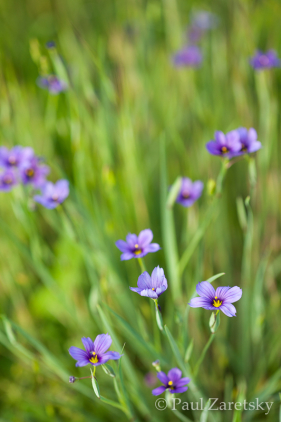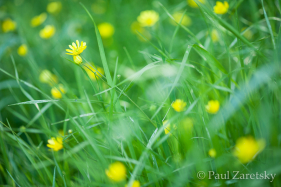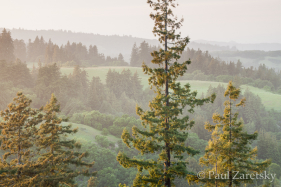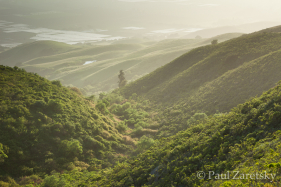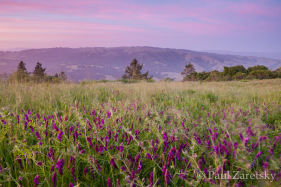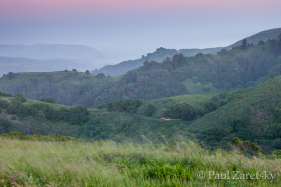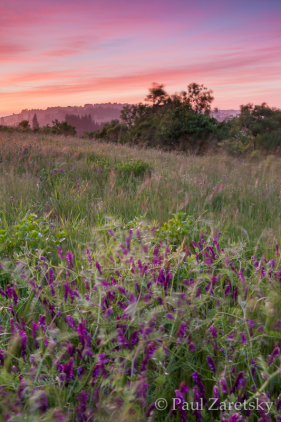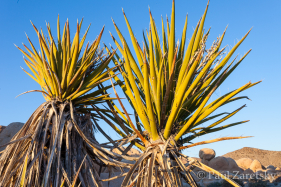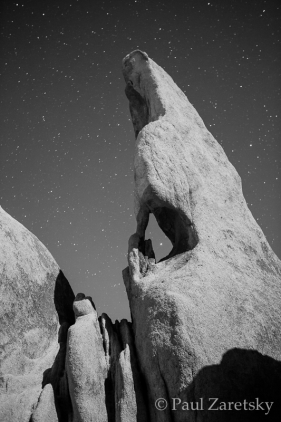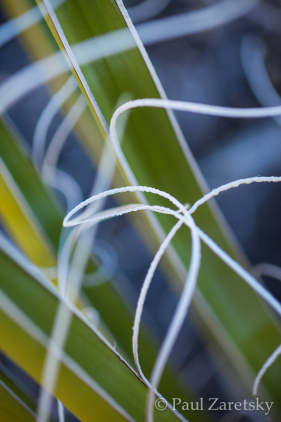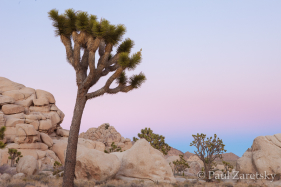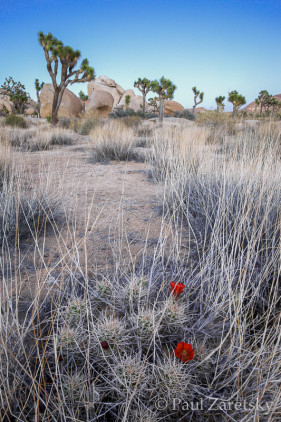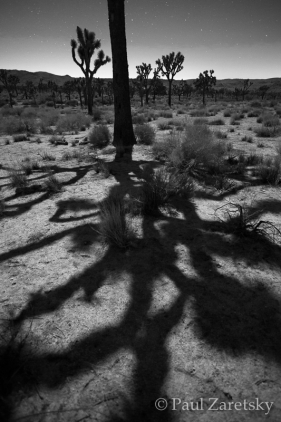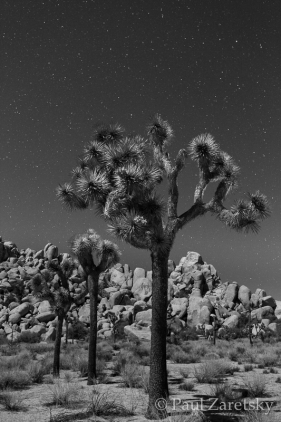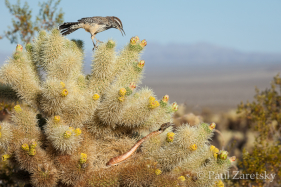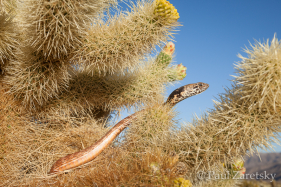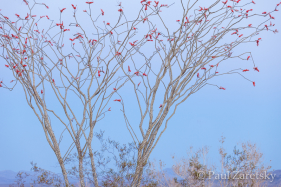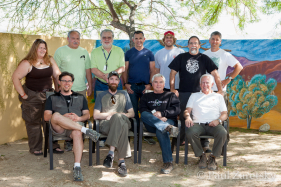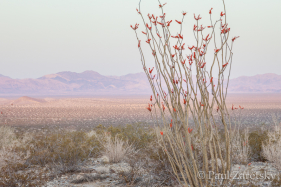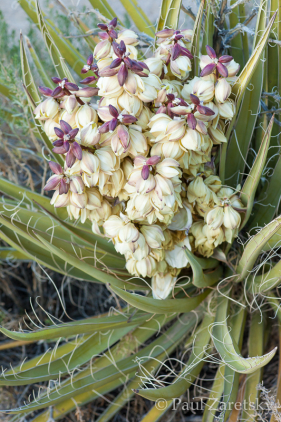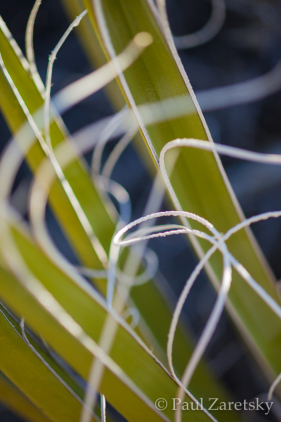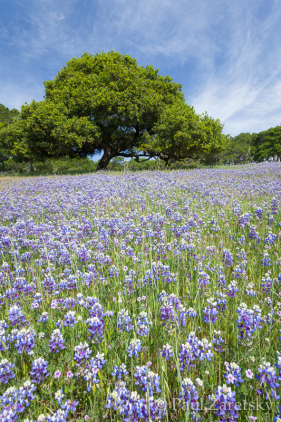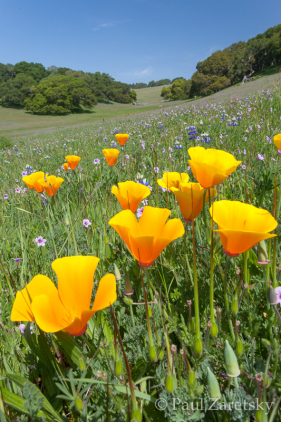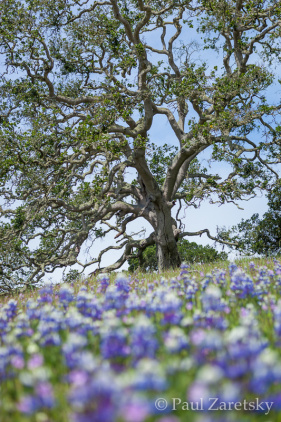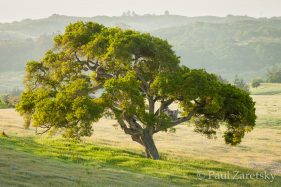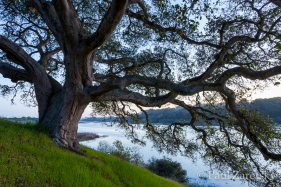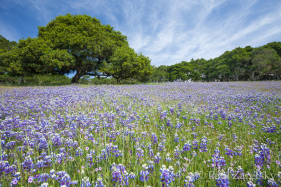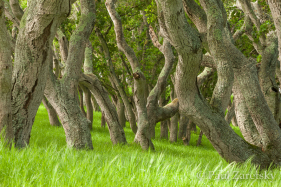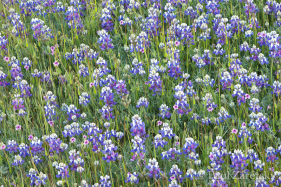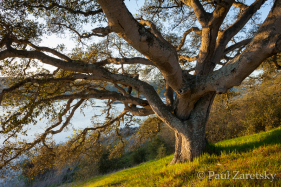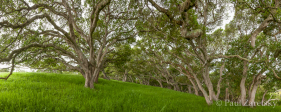A collection of images from this year’s Joshua Tree workshop. We had a great group of 10 participants who produced some very memorable images. I found myself not pulling out my own camera much on this trip, but did manage a few pics in the 4 days in the park along with a quick stop in Antelope Valley for the poppy bloom on the ride home.
Some images from this past weekend on the Porter and Brothers Ranch properties in Watsonville. Both are owned and managed by the Elkhorn Slough Foundation. I spent Saturday afternoon scouting both locations for photo ops and on Sunday gave a tour to fellow photographers Efren Adalmen and his lovely wife Denise. California poppies were out in full bloom and the lupine are not far behind. About another 2 -3 weeks and the hills should be a patchwork of purple.
Some images from the recent Frans Lanting Spring Workshop. We had several locals participating and others from as far away as Germany. Our shooting locations included the UCSC Arboretum, Henry Cowell Redwoods State Park, Elkhorn Slough, Point Lobos State Reserve, Garrapata State Beach, and Asilomar State Beach. We had an especially good morning on Captain Yohn Gideon’s pontoon boat in Moss Landing. The weather and light were perfect and Yohn maneuvered us into great position for photographing the abundance of birds, otters, sea lions, harbor seals, etc. Plans are already in the works for a fall workshop in late October.
The Land Trust of Santa Cruz County has been doing some great work protecting our local natural resources, and to date has protected close to 12,000 acres. They’ve recently acquired Star Creek Ranch, a 1,200 acre property in the heart of the Pajaro Hills. The Ranch provides crucial habitat for wildlife and fish including mountain lion, bobcat, endangered California Red-legged Frog, and steelhead. It also acts as an important link to other large habitats and with Pescadero Creek running right through it, drains an 8,000 acre watershed that flows into the Pajaro River.
I recently had the opportunity to tour the Ranch (which is considered extremely important as a climate change refuge in Santa Cruz county), and spend an afternoon photographing this gorgeous property. I was treated to lush spring grasses, gusty winds, wildflowers, oaks galore, and a sweet sunset. In the coming year(s) I hope to help the Land Trust document the seasonal changes and critical biodiversity found on the Ranch.
Wild Vetch and the Pajaro Hills can be found in the Conservation Gallery.
I had a great time in Joshua Tree with a group of photographers attending the Camera West workshop led by my good friend Jason Bradley. We were treated to the tail end of a very unusual bloom with Joshua Tree seed and flower production up about 40 percent as compared to the previous best season in the last 25 years. Some researchers believe that the stress from drought and climate change may have induced the “once in a lifetime” bloom. As a survival mechanism the trees go into high gear in an attempt to boost reproduction. Others believe the unique bloom can be attributed to last year’s late summer thunderstorms and/or cool winter weather.
We spent every evening during the workshop in the field playing with techniques for night photography including light painting, long exposures, time-lapse, and using ambient moonlight, all of which produced some fantastic results. During an afternoon exploring a cholla cactus garden I was fortunate enough to happen upon a unique wildlife encounter that a couple photographers from our group had discovered. A gopher snake had climbed up a cholla cactus and invaded a cactus wren’s nest. The wren parents were desperately trying to chase off the snake and protect 2 chicks inside the nest. Ultimately they were unsuccessful and the snake got it’s dinner. By the time I arrived, the snake had already done it’s thing and the wrens were still attempting to chase it off. I felt awful for the birds of course, and somewhat happy for the snake, but mostly I felt privileged to witness a day in the life of these creatures so well adapted to the harsh desert environment.
This winter has been particularly dry with the months of January and February recording record low rainfall. Despite the lack of precipitation and a very sparse spring wildflower season, I was able to locate a few isolated fields of sky lupine during a recent project for the Elkhorn Slough Foundation to document some of the spectacular native oaks on their protected properties. I’ve included a couple of shots from Harkins Slough which is adjacent to Foundation property but actually owned by the Land Trust of Santa Cruz County. Some of the most abundant lupines were located on ranch properties and many a cow patty had to be dodged to acquire these images. The hillsides have already started their transition from vibrant green to golden brown and this year’s fire season is shaping up to be a particularly dangerous one.

